The Portsmouth Cathedral or The Cathedral Church of St. Thomas of Canterbury is located in Old Portsmouth, England and it is the cathedral of the Church of England Diocese of Portsmouth.
It is one of the two churches in the city and the seat of the Portsmouth’s Bishop. In 1180, the wealthy Norman merchant Jean de Gisors granted land to the Augustinian canons of Southwick Priory in his new town Portsmouth, and they built a chapel dedicated to Thomas Becket, the man who was murdered by four knights just a decade before the building of the church.
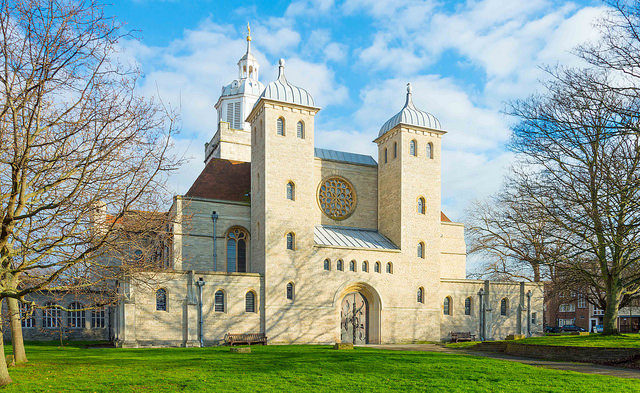
When the chapel was completed at first, it served the Gisors family. In the 14th century it became a parish church, and in the 20th century, it became a cathedral. The core of the building was constructed in about 16 years, and the style of the facade is Gothic. This medieval construction was cross-shaped and had a central tower used as a lookout point and a lighthouse for ships in the channel.
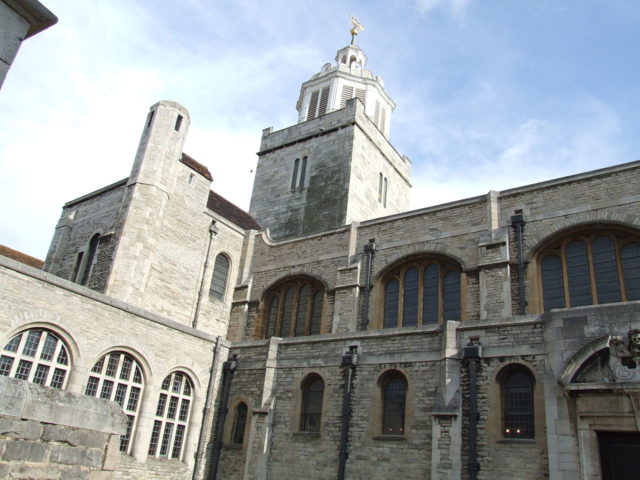
Today, from the original building only the transepts and the chancel have remained. During the Hundred Years War the church was damaged by a French raid, and in 1449, when the Bishop of Chichester was murdered, it was closed. It was also used as a watch tower in 1642 by the Royalist garrison who observed the movement of their enemies (the Parliamentary forces).
Severe damage was done when parliamentary gunners fired on the tower and completely ruined it together with the nave.
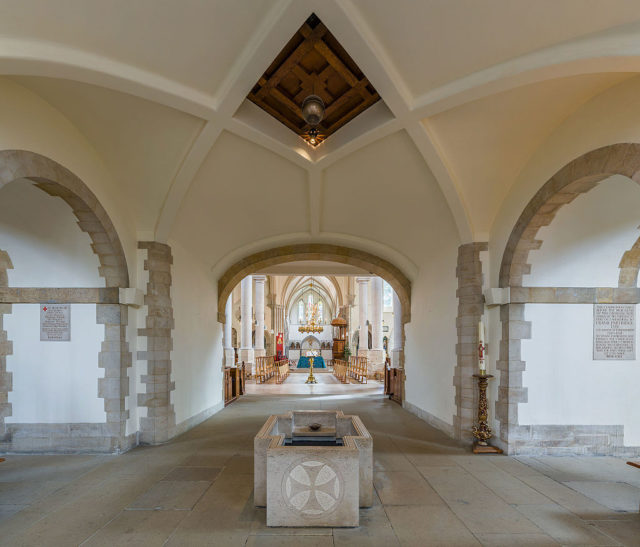
In 1660, after the restoration of the monarchy, Charles II had rebuilt the nave and the tower which were completed in 1693. Many additions were made from the 18th century, including the galleries, the wooden cupola on the top of the tower, a ring of eight bells and in 1957 two more bells were added, so today the cathedral’s tower has 12 bells. Also, many repairs and alterations were made, and in the 20th century, it was closed for two years because a lot of work was needed for the cathedral to be beautifully restored.
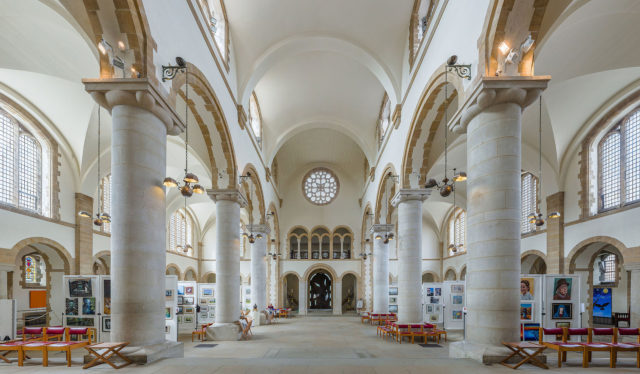
During this period, the substitute parish church was St Mary’s Colewort. Significant changes were made when the establishment of the Diocese of Portsmouth came to the city. On 1st May 1927, the pro-cathedral of the new diocese was the parish church, St Thomas of Canterbury.
In 1932, there was a sketch plan for an extension made by Sir Charles Nicholson which will dignify the cathedrals status. Nicholson chose the Neo-Byzantine style, and by 1939, the tower, the transepts, and the outer quire aisles were completed.
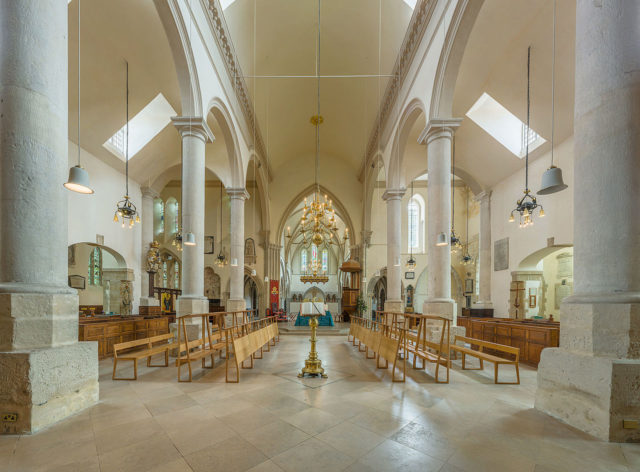
When he died, in 1949, the plans for the cathedral were given to Field Marshal Montgomery, but he failed to finish the structure because he didn’t find funds. The part which was not finished was the nave that, according to Nicholson’s plan, was intended to be in a traditional English style. Many funds were raised for the plan to be carried out, and in January 1990, the new parts were added including the nave, a gallery, an ambulatory, western towers, tower rooms and more.
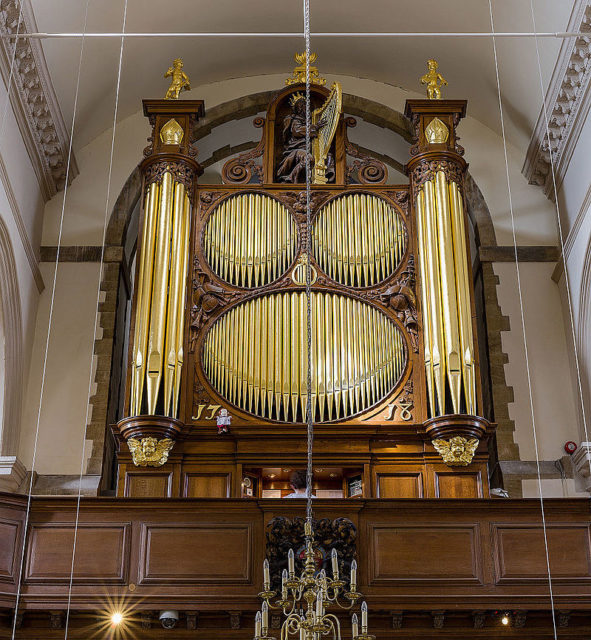
The bronze west doors of the formal entrance were created by Bryan Kneale who based the design on the tree of life. The nave is a square space with furniture which is not fixed so it can be used for various events like exhibitions and concerts, as well as services. An outer vaulted ambulatory encloses the nave.
Its organ case was created in 2001 by Didier Grassin, while Patrick Caulfield created the inside of the panels. The Principal altar is situated on a podium of Purbeck stone which has a mosaic made by Richard Noviss. The cathedral was consecrated in the presence of Queen Elizabeth in 1991.
